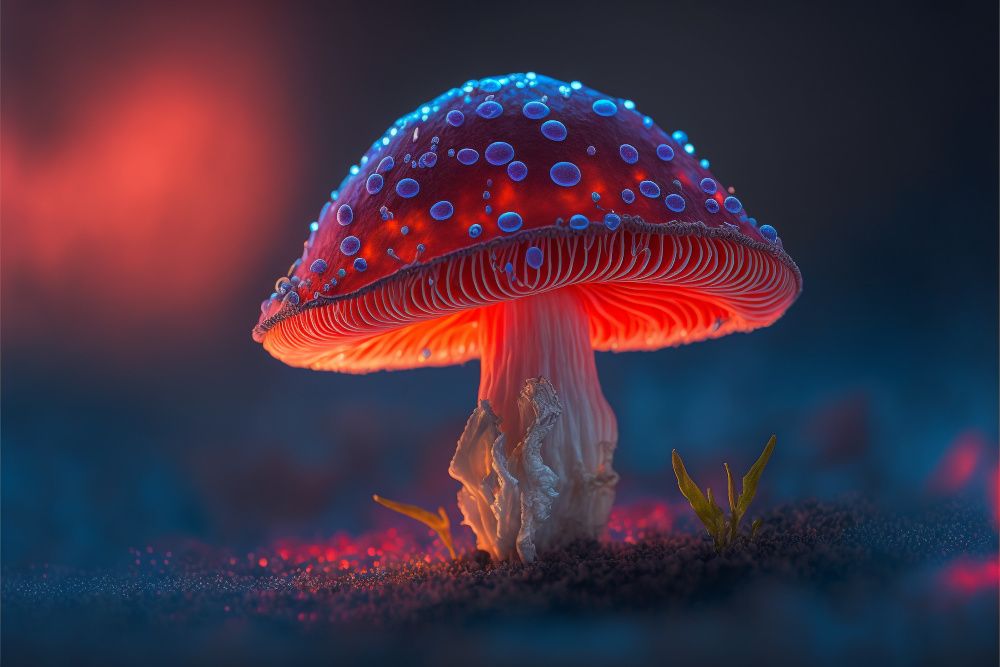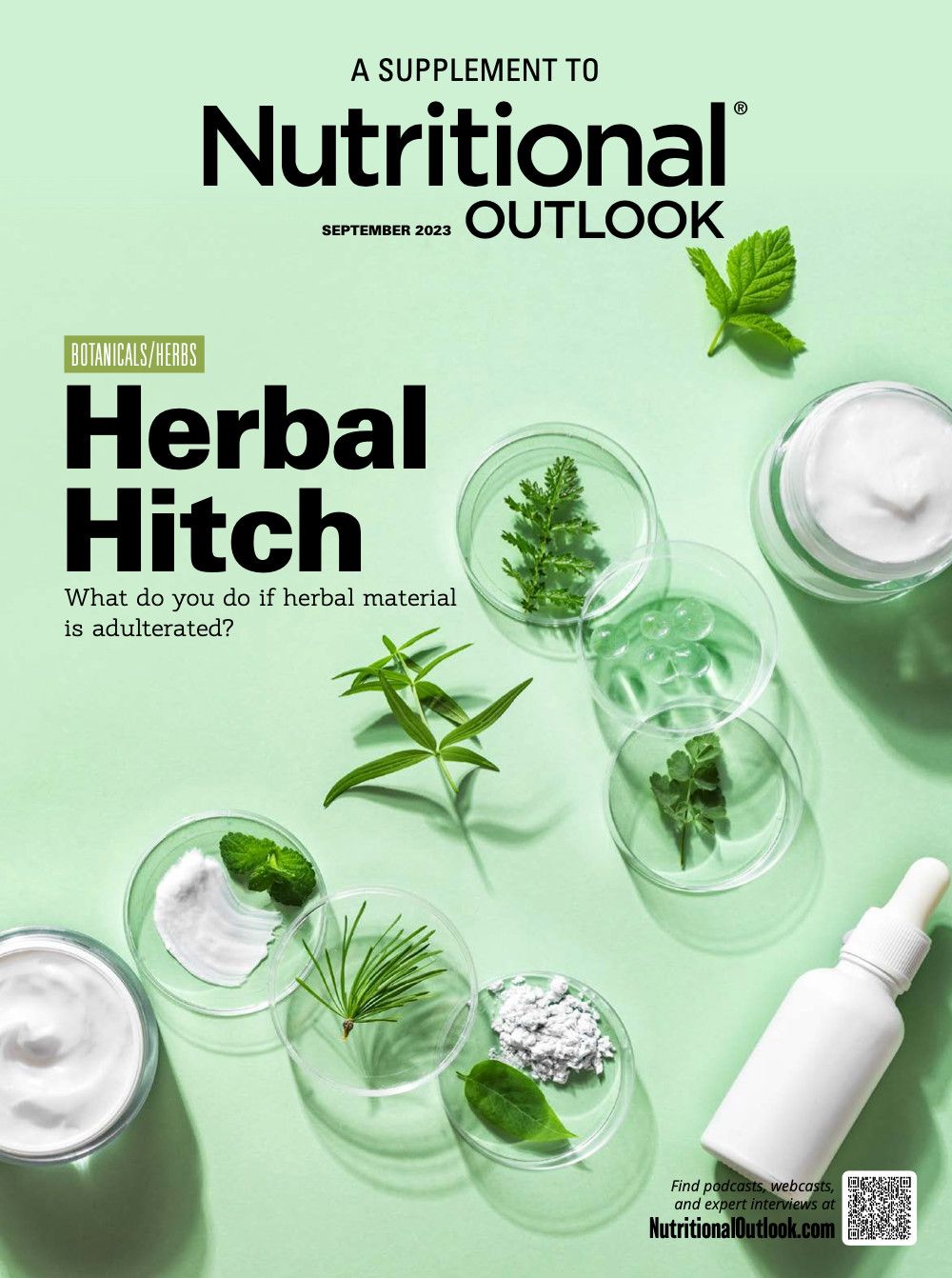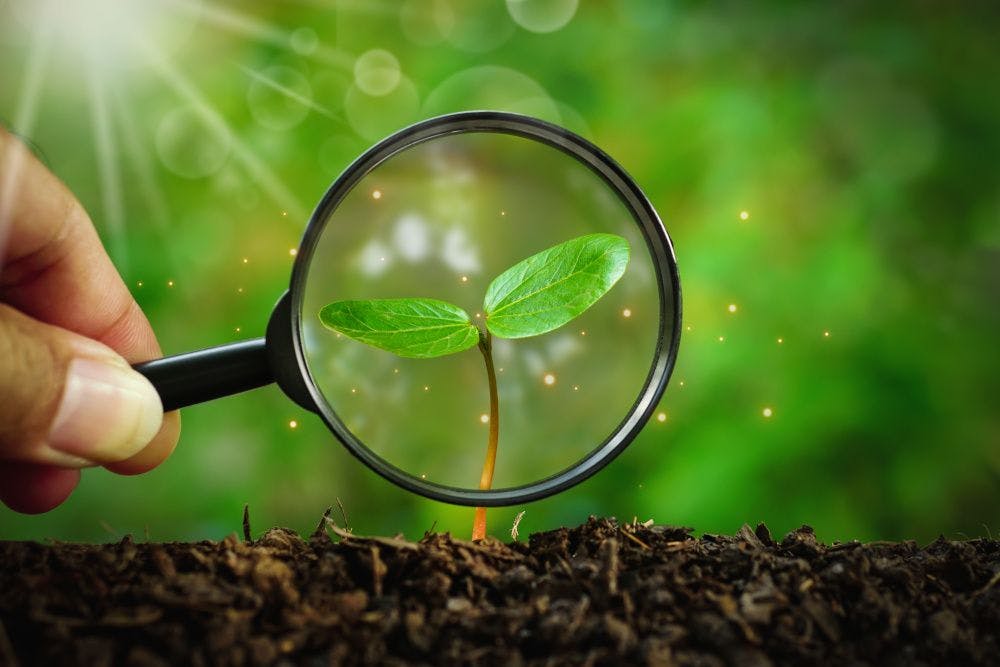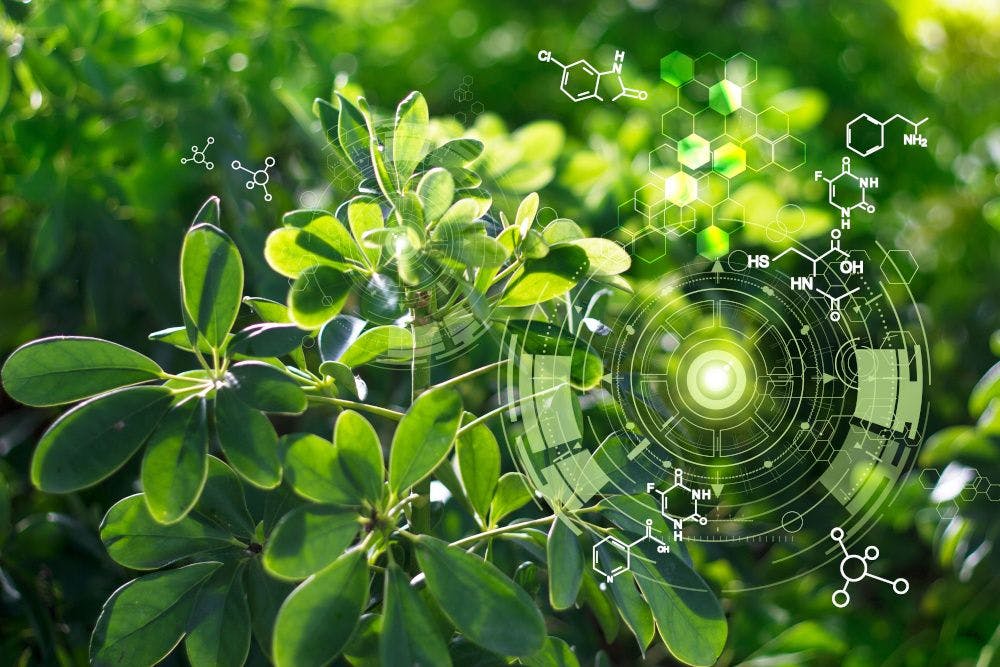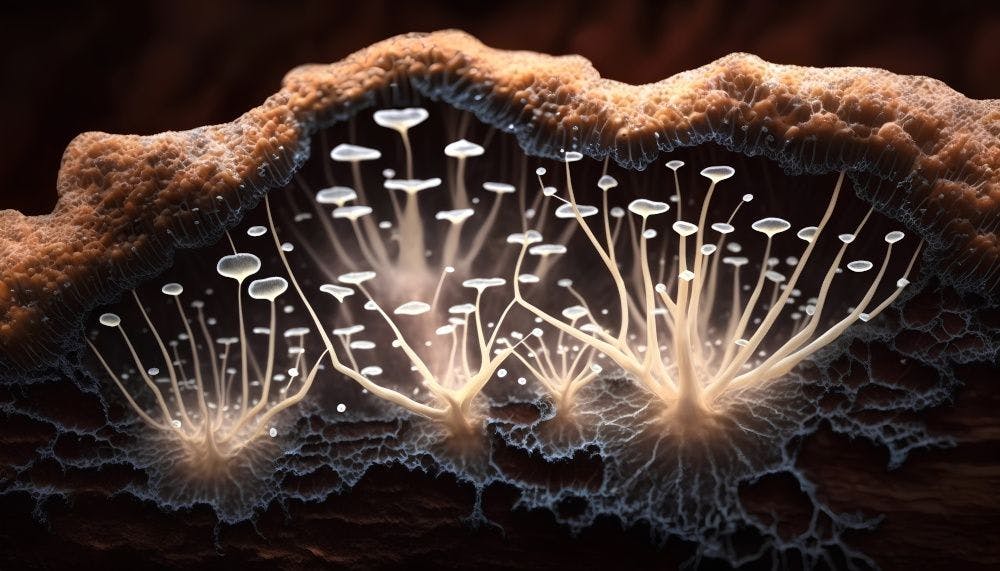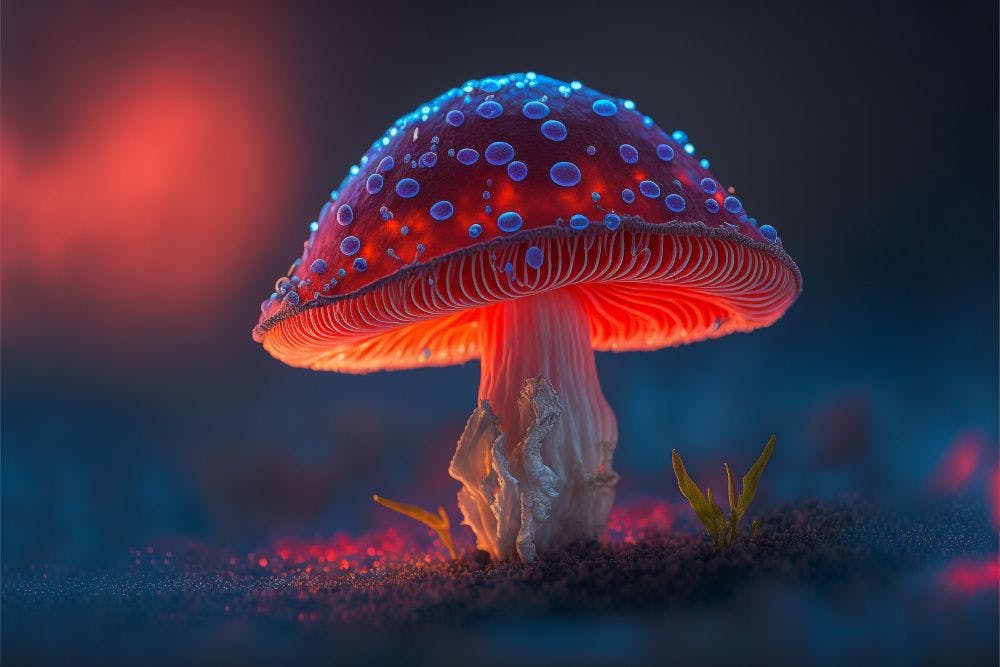4 Reasons why we owe our lives to fungi
Professor Emeritus of Mycology Dennis E. Desjardin, PhD, explains why fungi have been a source of human health for thousands of years.
Do you ever stop to notice a mushroom growing in your backyard, or munch on a yummy portobello, and think, “Gee, I really owe my existence to fungi?” Well, we would like to recommend that every now and then you should indulge in the depth of this thought, as the reasoning is quite profound.
First, it may help to understand the distinct characteristics of fungi (which is plural for fungus). Fungi are classified in their own separate Kingdom as they secrete their digestive enzymes externally.
We owe our lives to fungi for four powerful reasons:
1. They enabled the first life to move onto land.
Approximately half a billion years ago, life was abundant in the oceans, but not on land. At first, there was some algae in ponds and bacteria near beaches, but not much else. Fungi, with their external digestive enzymes and their ability to produce mechanical pressure, had the ability to break down rocks (with minerals) into soil which could then allow plants to grow. The fungi were therefore able to access nutrients that were otherwise unavailable to any other organisms at the time.
These primordial fungi partnered on land with “proto-plants”—simple organisms with the ability to photosynthesize. Thus, these early fungi (with their access to minerals) and the first land plants (with their ability to photosynthesize) developed a symbiosis that enabled each to benefit and spread across land. Over time, this partnership enabled the soil to become suitable for newer types of plants to evolve that could eventually become more independent of fungi. Nevertheless, even today, over 90% of all plant species are heavily dependent on fungi, and different versions of this half-billion-year-old symbiosis, known as mycorrhizae, still occur today.
2. They enabled mammals to thrive after the asteroid strike of 66 million years ago.
After the devastating asteroid strike on the Yucatan peninsula some 66 million years ago, it is thought that over 75% of all the earth’s animals, including all land animals weighing over 25 kilograms, died out. With this massive amount of dead plant and animal matter covering the earth, fungi proliferated even more than before, as they are a key component of the necrobiome.
Many of the reptiles that managed to survive were then highly susceptible to the various fungal diseases proliferating in this new environment. However, mammals, with their warm blood at around 37° Celsius (98.6° Fahrenheit), were much more resistant to many of these fungal diseases, as that temperature was over the threshold for the survival of these strains. Thus, in this new environment, mammals thrived with decreased competition for limited resources while larger reptiles declined. The only remnants of dinosaurs we encounter today are birds.
3. They have been a source of medicine for over 5,000 years.
More than 5,000 years ago, a man was murdered in the Austrian-Italian Alps, and his body remained frozen in ice at an elevation of over 10,000 ft where it was later to be discovered in 1991 by two tourists. Nicknamed “Otzi the Iceman,” he is Europe’s oldest known natural human mummy. Otzi was found to have intestinal parasites, and he was carrying with him a sash containing various species of mushrooms, including birch fungus, which is known to have anti-parasitic properties and may have been used for medicinal purposes (along with a dual use as tinder).
Interestingly, Otzi also had 61 marks on his body that are highly correlated with currently understood acupuncture points for his ailments, indicating the possible use of acupuncture some 2,000 years before the earliest known Chinese records.
4. They enabled the population growth and lifespan increase of the modern world.
In 1928 in London, UK, the Scottish physician and microbiologist, Alexander Fleming, noticed that a Penicillium mold, cultured in a petri dish, prevented the growth of bacteria. His observation resulted in the discovery of the antibiotic drug penicillin, ushering in the modern era of antibiotics. Previously untreatable and life-threatening infections were now easily treated, allowing for the quadrupling of the global population since, and the average U.S. life expectancy has increased from 55 years to 79 years. There is hardly anyone in the modern world whose life at some point has not been assisted, if not saved, by the discovery of penicillin and the revolution in medicine that followed.
Today, some of humanity’s most important medicines are derived from fungi. For example, if you or someone you know are among the nearly 94 million Americans (28% of the U.S. population) diagnosed with high cholesterol, you are familiar with cholesterol-lowering statin drugs like Lipitor or Crestor. The origin of these drugs is a compound called lovastatin, which was originally isolated from the mold Aspergillus terreus but is also found in oyster mushrooms (Pleurotus species). Individuals receiving an organ transplant are prescribed immune-suppressing cyclosporin to prevent organ rejection; this drug is derived from the fungus Tolypocladium inflatum. There are many other examples of the influence of fungi on modern medicine from which we have all benefited directly or indirectly.
Aside from the production of medicines, fungi are commonly employed as hosts for the manufacturing of a wide range of vitamins for supplements, food-grade ingredients (like citric acid), and industrial enzymes. These scientific advances have enabled limitless innovation across the food and beverage, nutraceutical, medical, and waste-management sectors. Their combined impact on human, animal, and environmental health is staggering.
As you can see, from half a billion years ago, to 66 million years ago, to 5,000 years ago, to today, fungi have played key roles in enabling life as we know it. In the decades ahead, as medicine progresses further, as we strive to live sustainably with our earth’s environment, and as we perhaps begin to colonize other planets, our half-billion-year-old partners in symbiosis will surely have new influential roles to play.
About the Author
Dennis E. Desjardin, PhD, is the chief mycologist for mushroom-ingredients supplier Sempera Organics (Morgan Hill, CA) and Professor Emeritus of Mycology at San Francisco State University.

.png&w=3840&q=75)

.png&w=3840&q=75)



.png&w=3840&q=75)



.png&w=3840&q=75)

